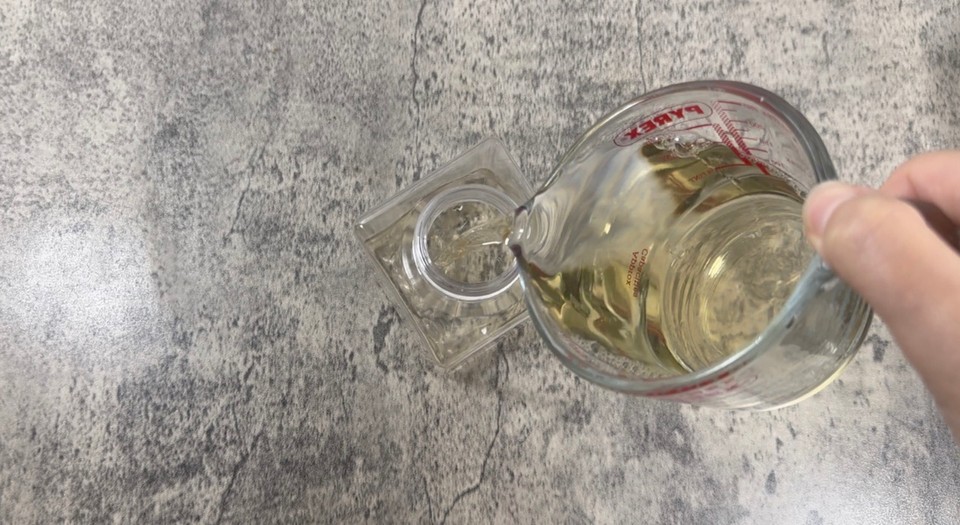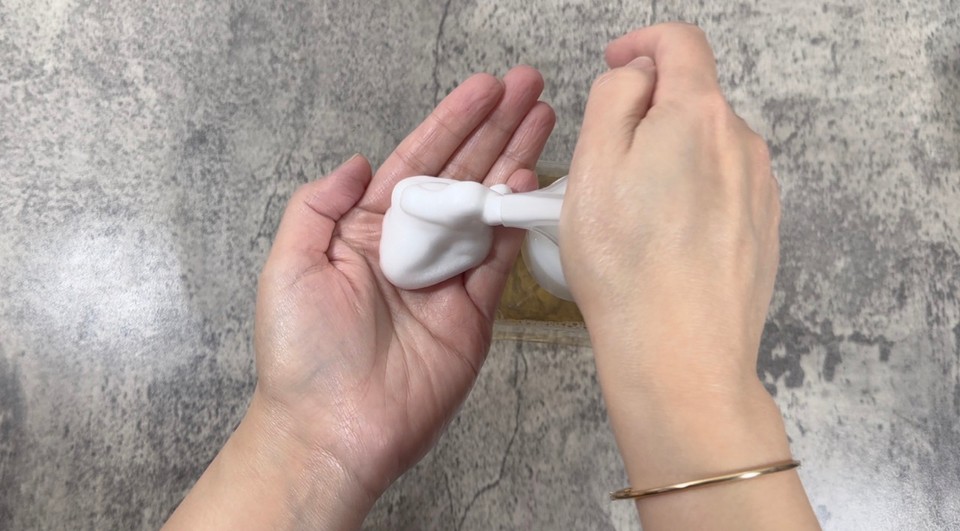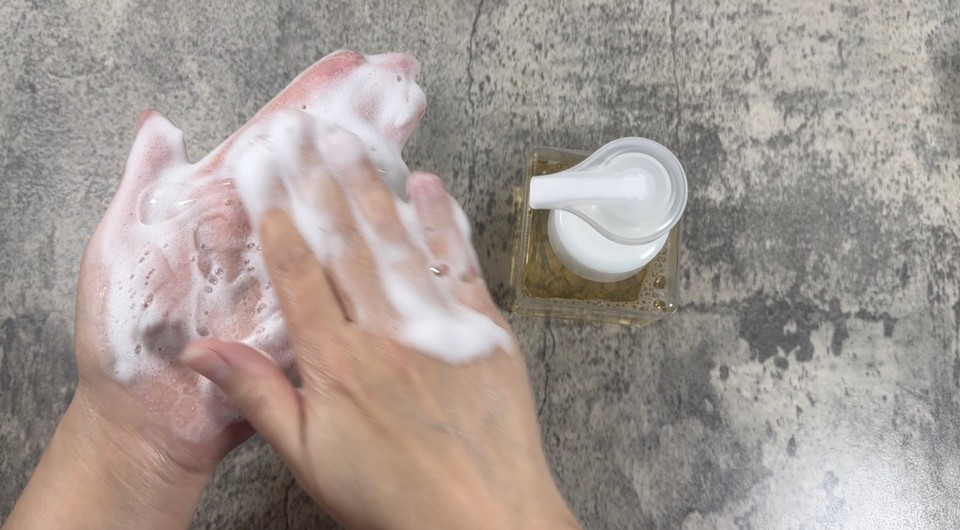Facial Foam Cleanser for Sensitive Skin
| Phase | Ingredient | Percent (%) | Weight (g) |
|---|---|---|---|
| Phase A | Distilled water or hydrosol | 63 | 126 |
| Propanediol | 5 | 10 | |
| Betaine powder | 2 | 4 | |
| Panthenol (vitamin B5) | 1 | 2 | |
| Calendula extract | 2.5 | 5 | |
| Camomile extract | 4 | 8 | |
| Cocamidopropyl Betaine | 20 | 40 | |
| ProBiocin V™(Preservative) | 2.5 | 5 |
*** If you are using another preservative please adjust the amount according to the supplier’s instructions (If you only need to use 1% so, in this recipe, for 200g use 2g of preservative and 109g distilled water).
***A few drops of lactic acid or citric acid solution to lower the PH. More about PH adjustments in cosmetics here.
A foaming cleanser is a foam that does not have a creamy texture. When water is added to the cleanser, you get more lather and bubbles.
The main benefit of using foam cleansers is that the foaming particles can lift dirt and debris out of the deeper parts of the skin's pores and have a more significant cleaning action.
Foaming cleansers are usually suitable for oily skin. This recipe is for a gentle cleanser with some active ingredients ideal for sensitive skin.
I skip the fragrance and essential oils to make it a super gentle foaming cleanser. Leaving the cleanser unscented.
If you wish to have a mild scent, I recommend using a hydrosol, such as a camomile, rose or neroli.
I added betaine powder to this cleanser. Betaine is a humectant amino acid with high hydrating abilities. It has a calming and soothing effect on the skin.
Betaine is obtained from beet sugar.
I also added DL panthenol. DL panthenol is the pro-vitamin of D-Pantothenic acid (Vitamin B5).
Pro-Vitamin B5 acts as a skin moisturizer and helps to keep skin soft and smooth.
DL panthenol draws water to the skin, which improves the function of the skin's protective barrier and helps the skin stay hydrated.
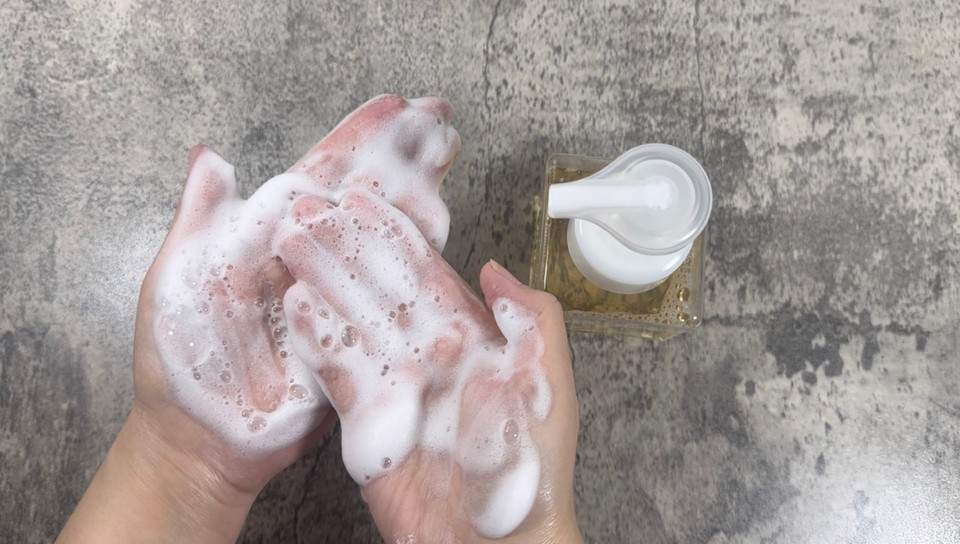
The extracts that I choose for this formula are calendula and camomile extracts. Both are very suitable for sensitive skin and can help soothe the skin.
You can replace them with other extracts such as oats, cucumber, aloe vera, or Malva extract.
I added propanediol, derived from corn sugar; it is a humectant (pulls the moisture from the air around and locks it into the skin) and an emollient (reducing water loss) that is also a preservative booster. You can replace it with glycerin or Sorbitol.
I am using a very mild surfactant for this formula: Cocamidopropyl Betaine. Even though it is very gentle, it has excellent foaming and cleaning abilities and is considered very suitable for sensitive skin.
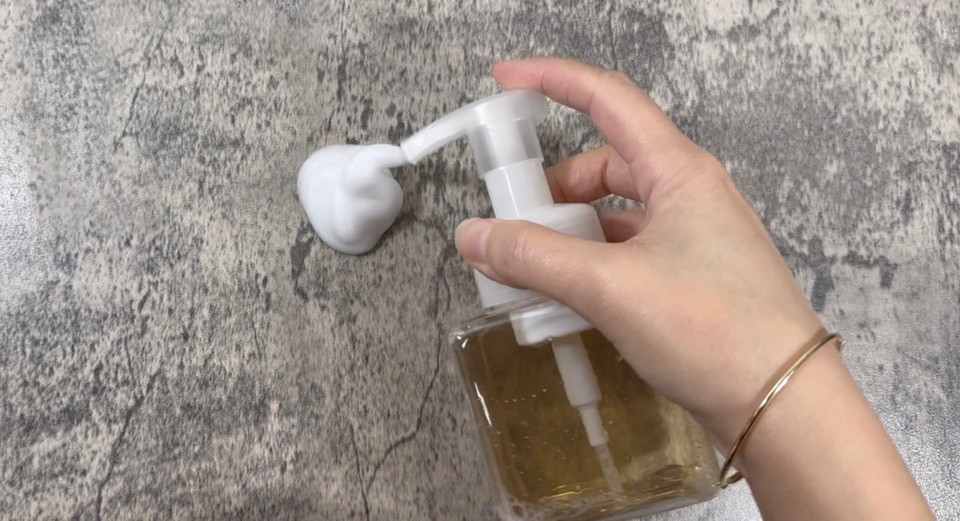
For my preservative, I use ProBiocin V™. This preservative has an anti-redness effect and moisturizing properties, which make it very compatible with this cleanser.
It is also a water-soluble preservative, so I don't need to add any solubilizer. ProBiocin V™can be used in pH between 3 and 8.
The usage rate is 2%-4%, so if you use different preservatives, adjust the amount (increase the water amount and reduce the preservative if needed).
The preparation of this cleanser is very simple. You add all the ingredients to a beaker. No heating is needed. Once you incorporate everything, move the cleanser to a foaming bottle, and the cleanser is ready to be used.
This recipe is for 200g. If you want a different amount, use the calculator to adjust.
Method:
- In a beaker, add the distilled water and the betaine and DL panthenol. Mix well until the powders dissolve.
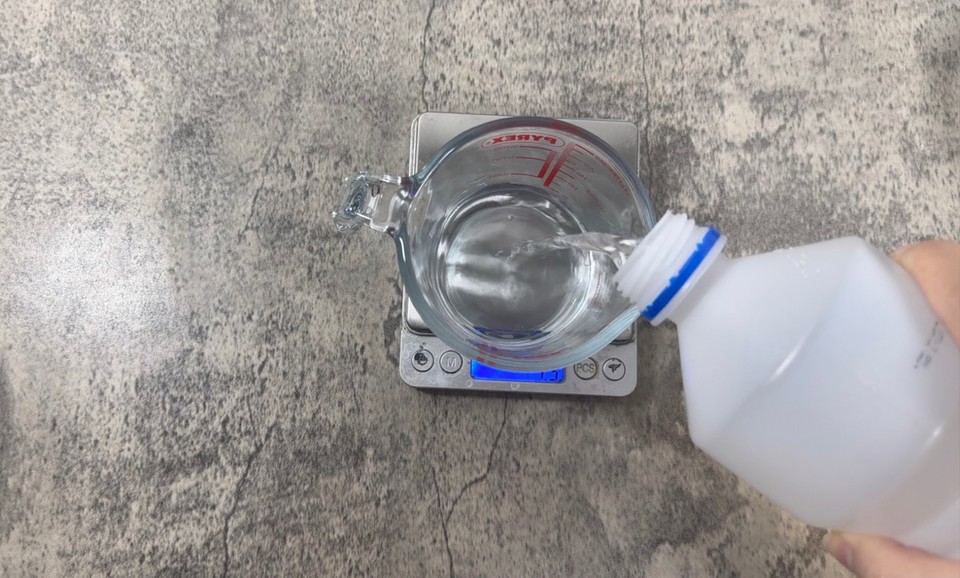
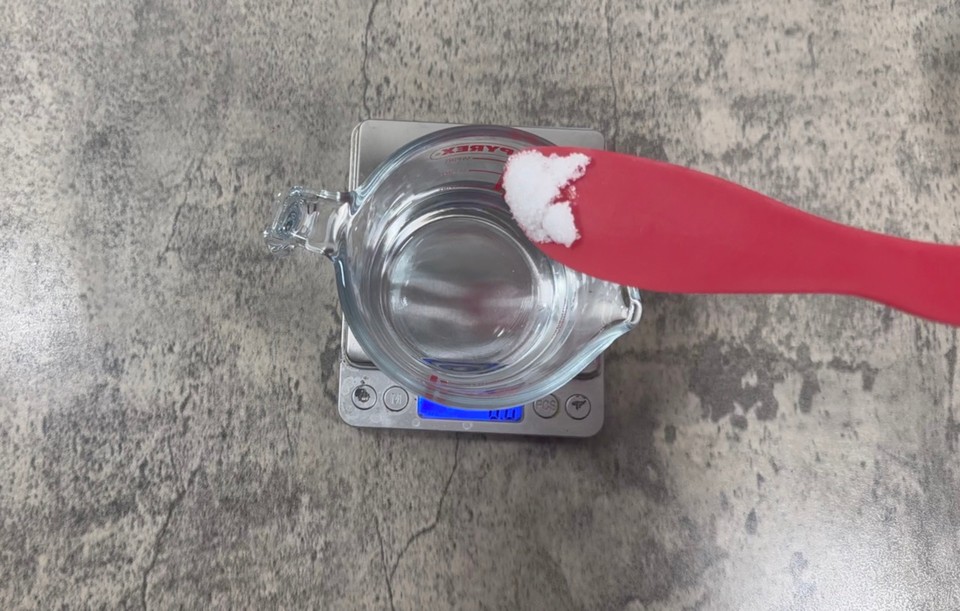
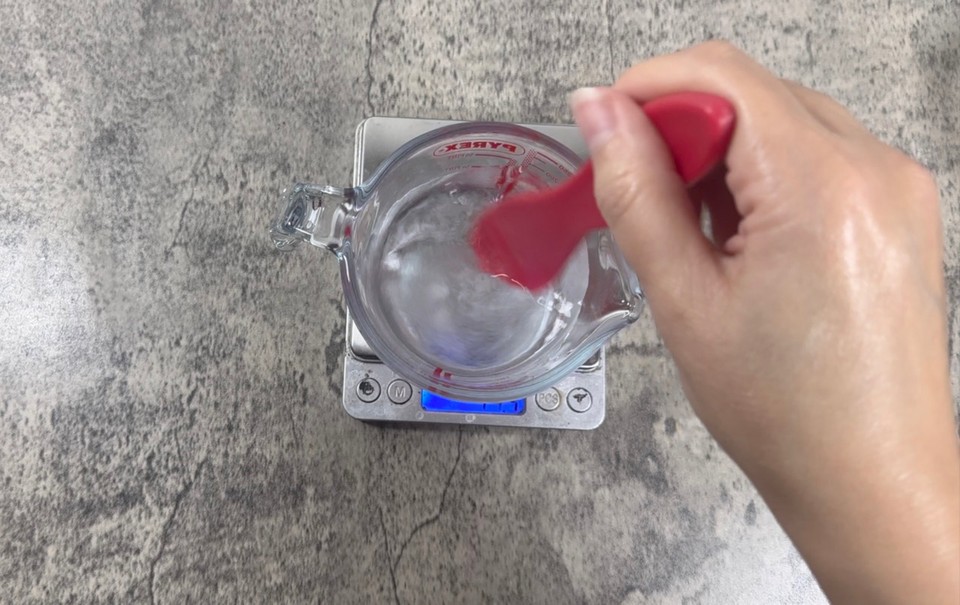
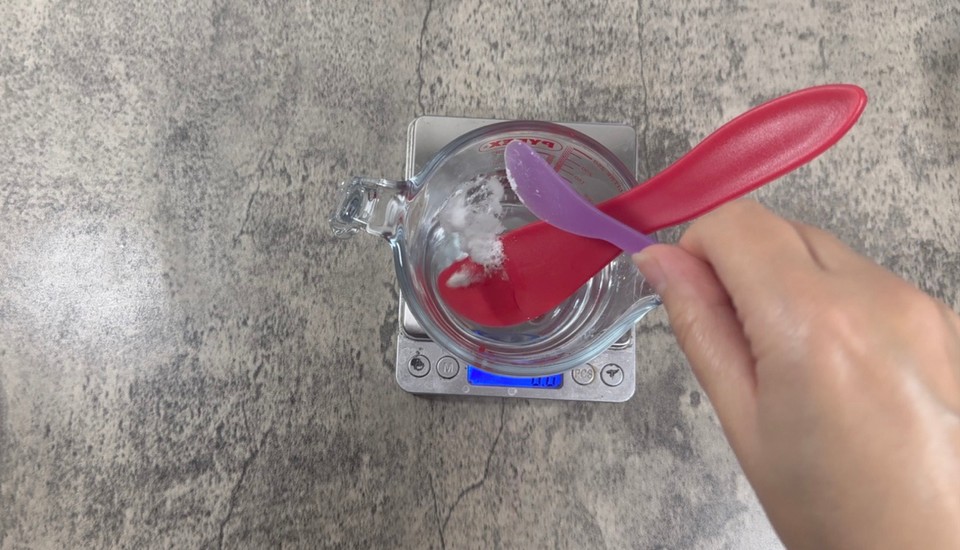
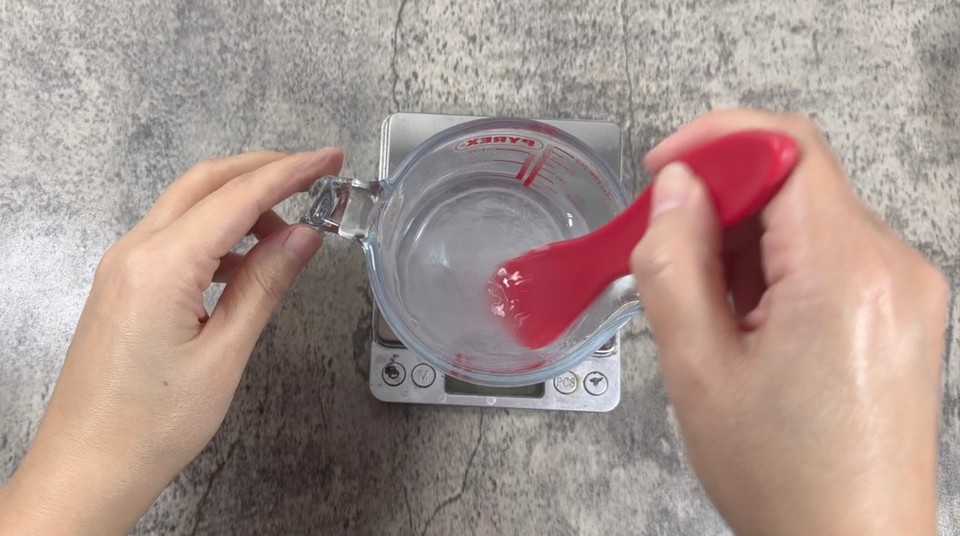
- Add the calendula and camomile extract and mix.
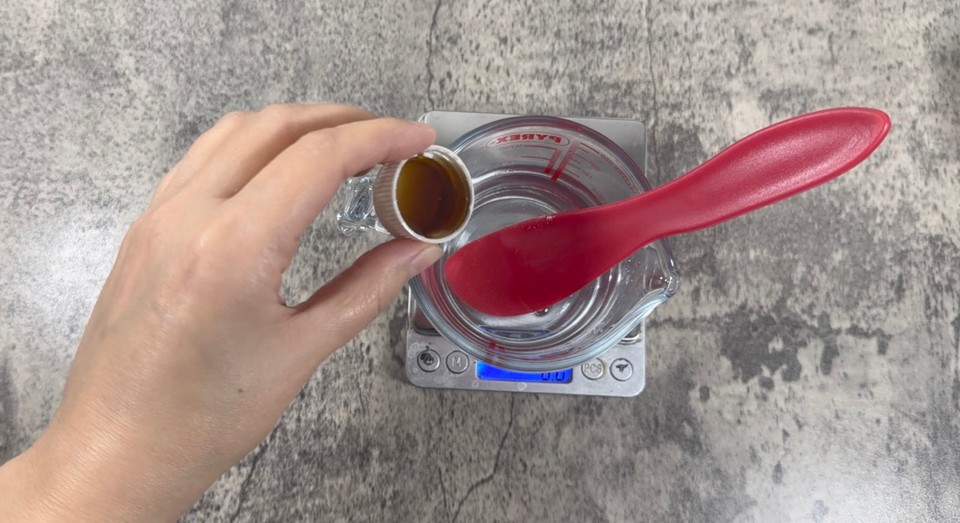
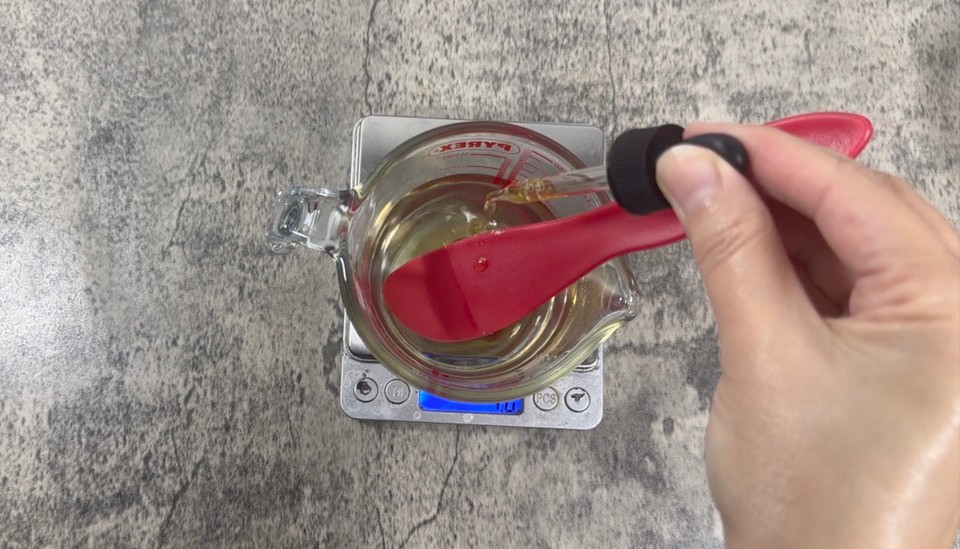
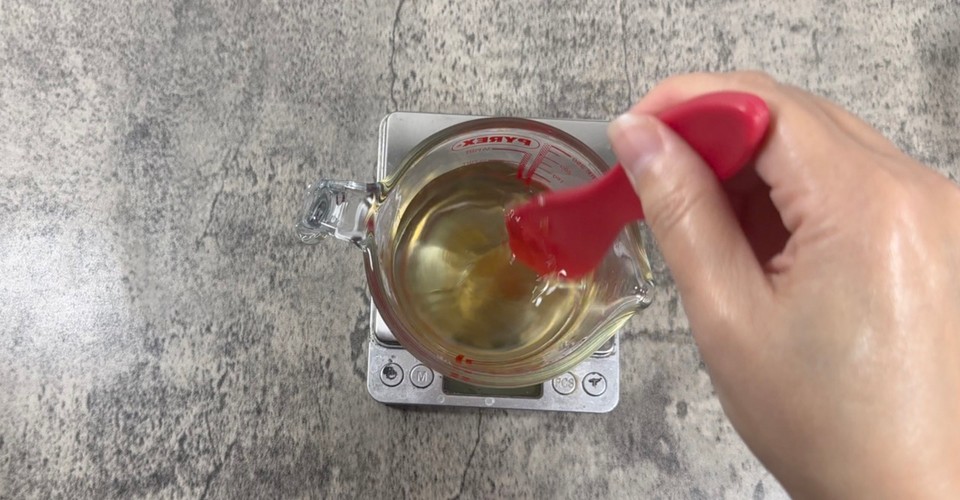
- Add the preservative and mix.
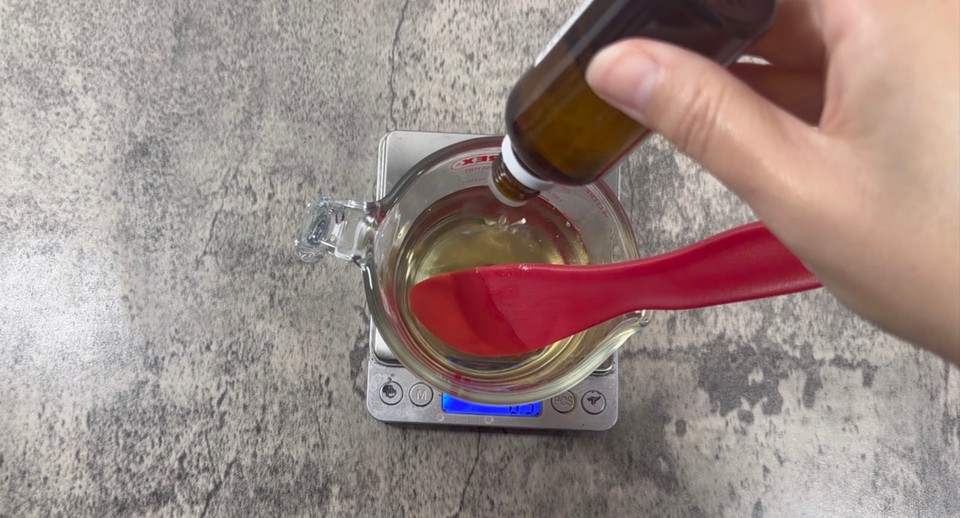

- Add the Cocamidopropyl Betaine and stir gently to avoid creating foam.
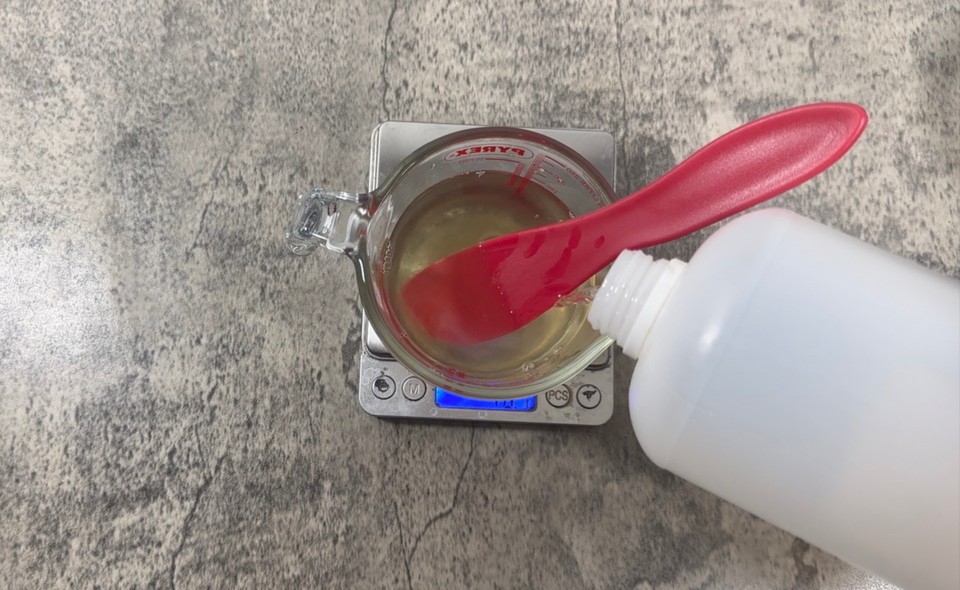
- Add the Propanediol and stir to incorporate.
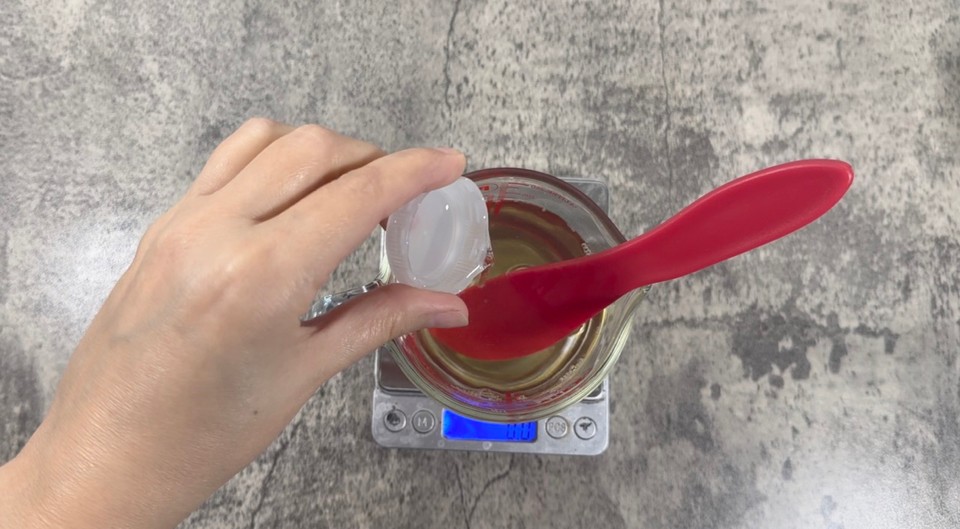
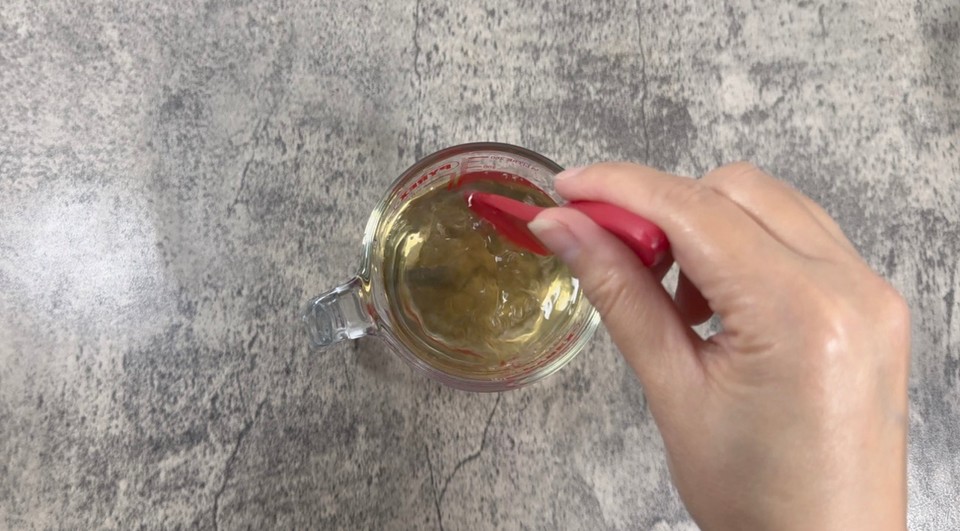
- Check the PH. It should be between 5 and 6. If you wish to lower the PH level, add a few drops of lactic acid 80% or citric acid solution. To read more about PH adjustments, check this post.
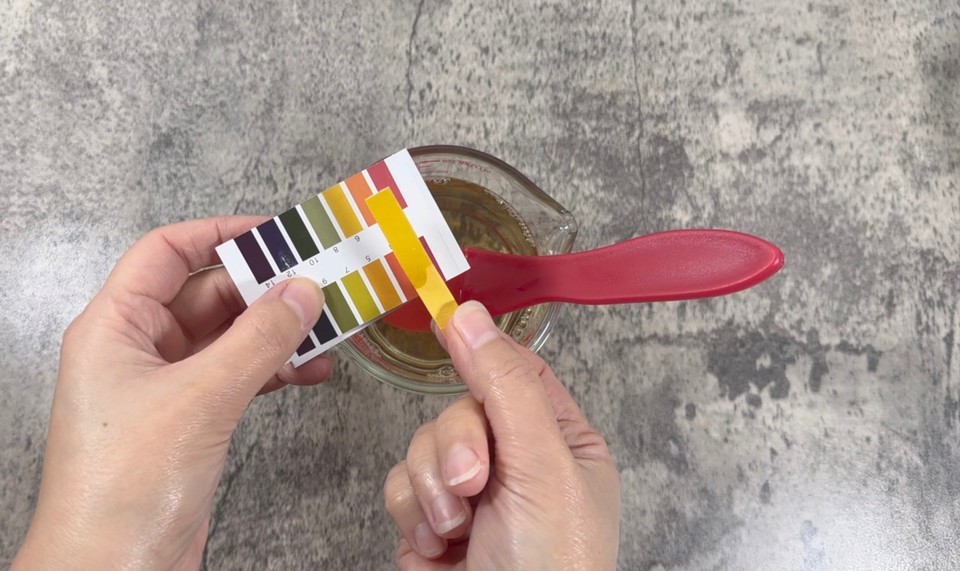

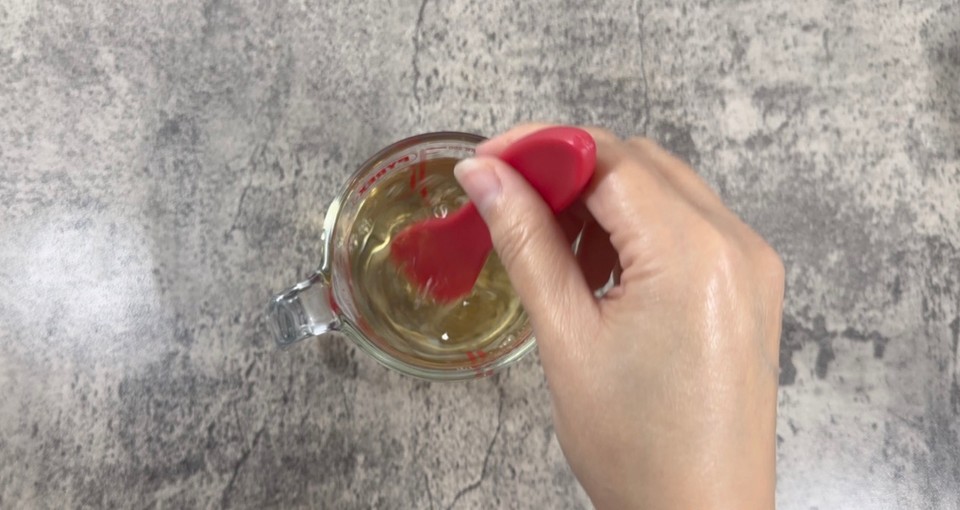
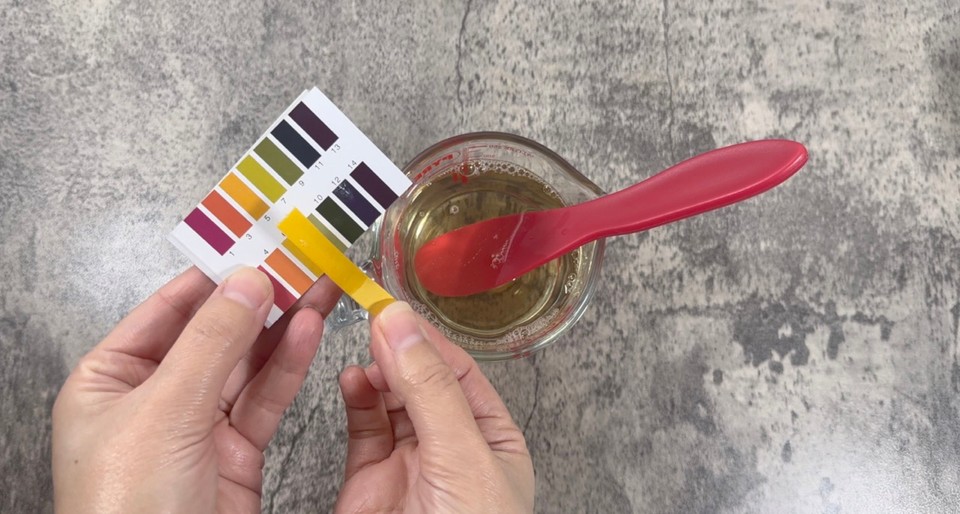
- Pour the face cleanser into a foaming bottle.
